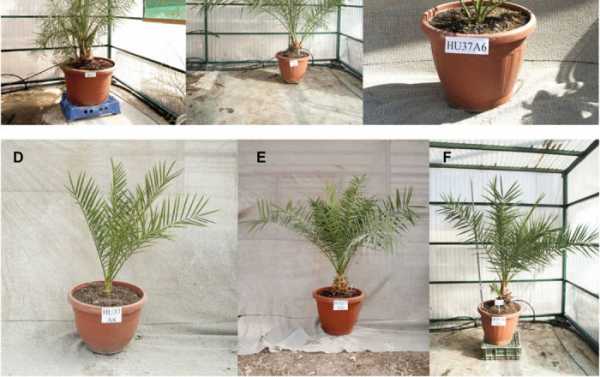
Scientists managed to grow a date palm, which was praised in the works of Herodotus, Galen, and Pliny the Elder, using seeds that have been preserved for two thousand years.
The accomplishment, which was documented in research published in Science Advances, provides new confirmation of the long-term viability of the seeds of ancient succulents, while also revealing insights into the highly sophisticated cultivation practices that produced Judean dates.
The date palm seeds were found in the ancient palace fortress built by King Herod the Great, as well as in caves located in southern Israel between the Judean Hills and the Dead Sea. The team of scientists, led by Sarah Sallon of the Hadassah Medical Organisation in Israel, selected 34 seeds they thought were the most viable. One was separated out as a control; the remaining 33 were carefully soaked in water and fertiliser to encourage germination.
One more seed was found damaged after being put in the water, while the remaining 32 seeds were planted. Out of those, six were able to successfully sprout. Scientists named the newborn palms Jonah, Uriel, Boaz, Judith, Hannah and Adam.
The researchers also compared the Christ-era seeds to the genetic material from eastern date palms from the Middle East, and western date palms from North Africa, finding that there was an exchange of genetic material throughout history. The ancient seeds also appeared to be up to 30 percent larger than those seen today.
The team now aims to study the secret of the viability of the seeds, which could have important implications for agriculture. They also want to study why once-rich date groves gradually declined after the fall of the Roman Empire, reconstructing the cultivation process.
Sourse: sputniknews.com
0.00 (0%) 0 votes


































